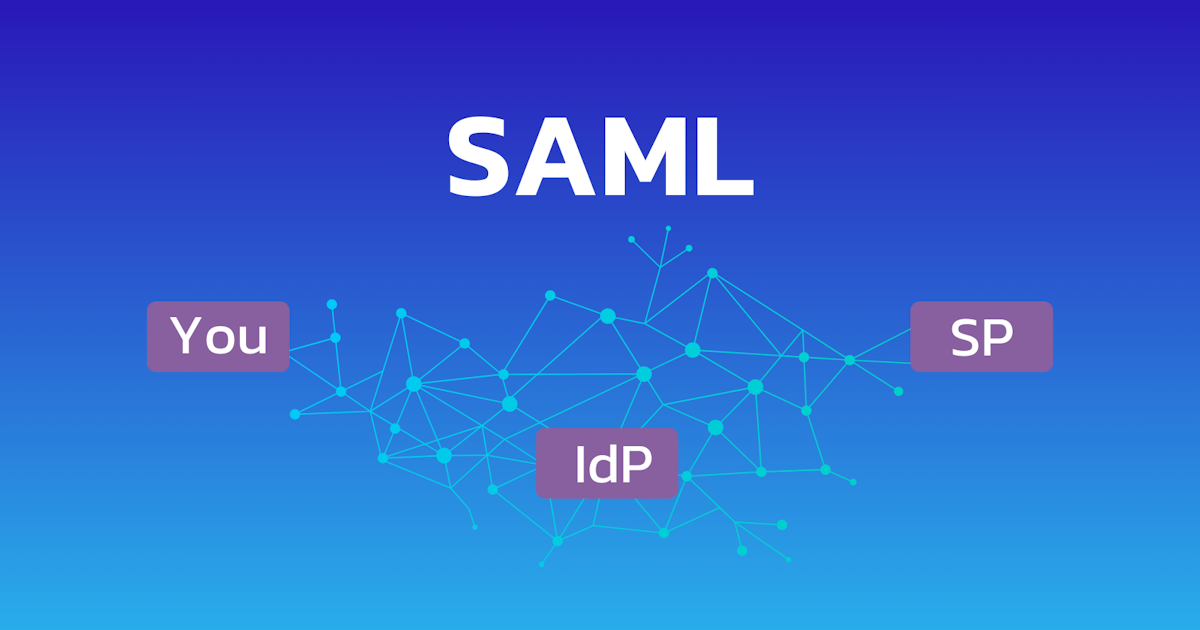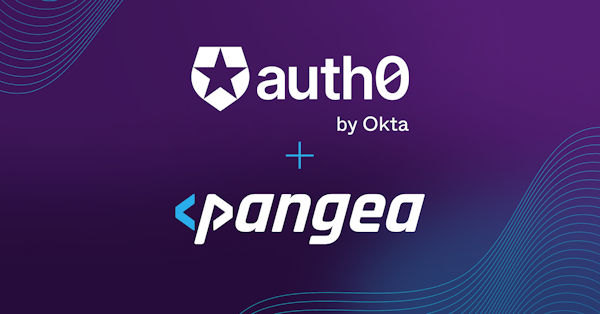In today's interconnected digital landscape, ensuring the security of online identities and data is paramount. As businesses and organizations expand their online presence, the need for robust authentication mechanisms becomes more crucial. This is where SAML (Security Assertion Markup Language) steps in as a fundamental tool in the realm of identity and access management. Let’s explore what SAML is, its key features, and when it should be used to enhance security and streamline authentication processes.
Introducing Pangea Authentication Service with SAML Support
Exciting news for organizations seeking robust authentication solutions! We are thrilled to announce that the Pangea Authentication Service now supports SAML, empowering businesses to leverage the benefits of SSO and enhanced security in their digital ecosystems. With our comprehensive authentication platform, organizations can streamline access management, strengthen security posture, and deliver a seamless user experience across multiple applications and services.
Understanding SAML
SAML, an XML-based open standard, is designed for securely exchanging authentication and authorization data between parties, particularly across different domains. At its core, SAML facilitates single sign-on (SSO), enabling users to access multiple applications or services with a single set of credentials. resulting in simplification of the authentication process while maintaining security. This is great for enterprise scenarios where employees would be able to log in once and then have the ability to access all their necessary business apps as opposed to signing in individually to every single one.
Key Components of SAML
1. Assertions: SAML assertions are the heart of the protocol, containing information about the user and their authentication status. There are three main types: authentication, attribute, and authorization decision assertions.
2. Identity Providers (IdPs): IdPs are responsible for authenticating users and generating SAML assertions. They serve as the trusted source for user identity information.
3. Service Providers (SPs): SPs rely on SAML assertions from IdPs to grant access to their resources. They consume these assertions to make access control decisions.
4. Metadata: Metadata documents provide essential information about IdPs and SPs, including their endpoints and supported cryptographic algorithms, facilitating the establishment of trust relationships.
When to Use SAML
SAML is particularly beneficial in scenarios where:
- Interoperability is Essential: SAML enables seamless integration between different systems, allowing organizations to establish trust and share authentication data reliably.
- Centralized Authentication is Needed: With SAML-based SSO, users can access multiple applications using a single set of credentials, enhancing user experience and reducing password fatigue.
- Enhanced Security is a Priority: By leveraging SAML, organizations can enforce strong authentication mechanisms and maintain control over user access, reducing the risk of unauthorized access and data breaches.
Getting Started
To get started in using Pangea’s AuthN with SAML, check out our Getting Started section for step by step instructions. For any follow up questions, feel free to post them in the Pangea Discourse Channel.
SAML stands as a cornerstone of modern identity and access management, offering a standardized approach to secure authentication and authorization. By embracing SAML and leveraging solutions like the Pangea Authentication Service, organizations can fortify their defenses against cyber threats while enhancing user productivity and satisfaction in today's interconnected world.




